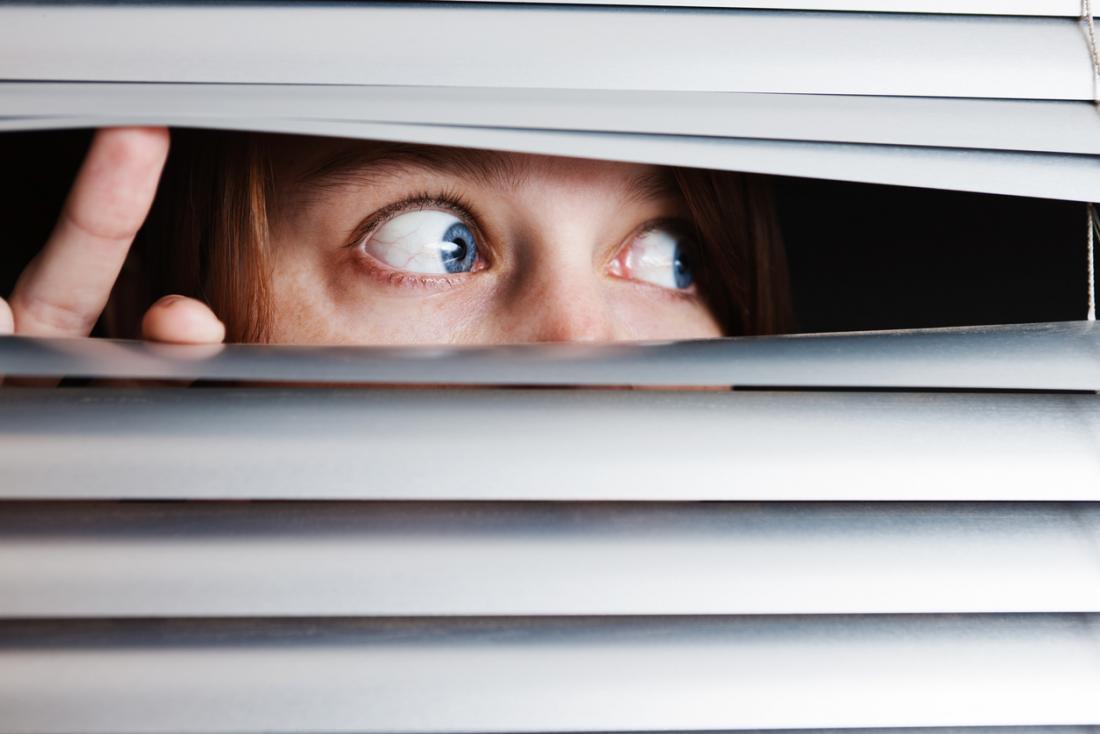The term ‘agoraphobia’ is related to open spaces, and people often link it to the fear of being in open environments. However, the definition of agoraphobia is much wider and should not be limited to the fear of open spaces. Agoraphobia is actually a type of anxiety disorder, and it is basically an overwhelming fear of a situation or thing that is perceived to have no way of escape. This phobia causes a person to shun situations, activities or things that he or she fears could cause a panic attack. People with agoraphobia tend to become overly afraid that they will not be able to get out of a particular situation, and even if they could, they perceive it to be extremely embarrassing and difficult.Agoraphobia is thought to arise as a complication of panic attacks. Agoraphobia steals people’s lives to the extent that some people become so afraid to leave the safety of their home. Sufferers of this kind of anxiety disorder shy away from open spaces such as the mall or cinema, because they perceive there is no place to hide for safety. Statistics reveal that agoraphobia is more common in women than men, and happens between the ages of 20 to 40. It is known that more than 2% of the US population suffers from agoraphobia, and this amounts to more than 3 million adults.
Generally, agoraphobic sufferers have experienced a panic attack in a particular situation, and they will avoid it at all costs because they fear another attack. There are a few theories that explain the cause of this anxiety disorder. One of them states that when a person is repeatedly exposed to situations that trigger anxiety, he or she can develop this kind of phobia. Other theories blame it on mental struggles that leave a person feeling unfulfilled in life, mostly related to the Oedipal complex. Yet, there are many other factors that point the finger at genes and say that this type of phobia runs in families. Apart from that, substance abuse is known to provoke agoraphobia. Misuse of sleeping pills, mainly benzodiazepines, and tranquilizers can cause this type of anxiety attack.
There a several symptoms of agoraphobia that can be identified. The most common one is when people begin fearing that they are going to face a panic attack and firmly believe that an escape is almost impossible or extremely threatening. What is worse, they tend to have a terrible fear of dying and feel totally out of control of their emotions. This feeling is generally accompanied by dizziness, diarrhea and overpowering fear. Besides that, agoraphobia sufferers also tend to have rapid heartbeat and terrible feelings of confusion in terms of direction and position. Agoraphobic people are prone to face sudden panic attacks when they are in situations or locations that they fear. This panic attack usually lasts for about 15 minutes, and could go on for more than half an hour in severe cases, but this happens very rarely. During this time, sufferers can experience shortness of breath, sweating, trembling hands and body as well as nausea.
People who suffer from these panic disorders as a result of agoraphobia can take heart that not all hope is lost. There are a number of ways of treatment that patients can seek. The most common, and probably the most effective, is the cognitive behavior treatment. In this kind of treatment, patients can seek either systematic desensitization treatment or exposure treatment where they are exposed to the panic causing situations until anxiety abates. Another way is through cognitive restructuring where rational and positive beliefs are fed into the person’s mind to replace irrational perceptions. Besides that, they can also undergo psycho pharmaceutical medical remedy which involves the use of antidepressants. Other simpler ways to overcome panic attacks and agoraphobia is to learn simple relaxation techniques and join support groups to share experiences and encourage one another. Of course, needless to say, exercise and a healthy diet is a must.

